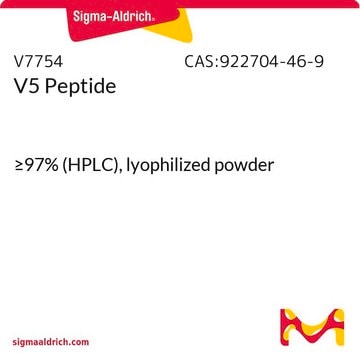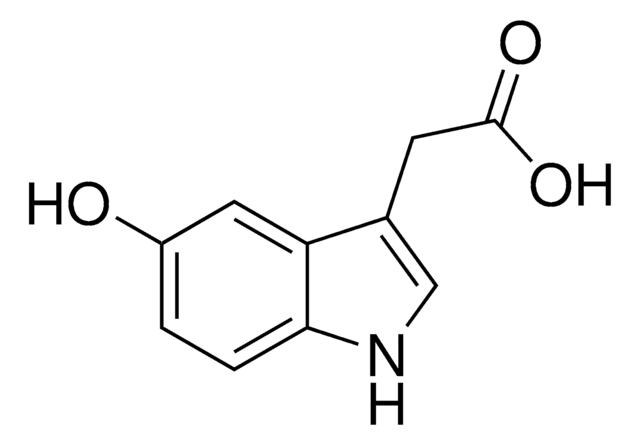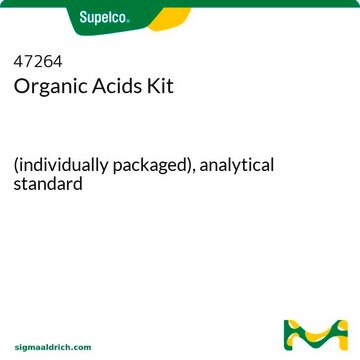M2435
c-Myc Peptide
≥97%, lyophilized powder
Synonym(s):
c-Myc tag
Sign Into View Organizational & Contract Pricing
All Photos(1)
About This Item
Recommended Products
product name
c-Myc Peptide, lyophilized powder
biological source
synthetic
Quality Level
Assay
≥97%
form
lyophilized powder
mol wt
1203.3 Da
concentration
5-10 μg/mL (Suggested working concentration to compete out the binding of c-Myc)
technique(s)
protein extraction: suitable
storage temp.
−20°C
Amino Acid Sequence
Glu-Gln-Lys-Leu-Ile-Ser-Glu-Glu-Asp-Leu
General description
The c-Myc Peptide is a synthetic peptide with an amino acid sequence that corresponds to the amino acids 410-419 of the C-terminal of human c-myc.
Application
Useful for displacement of c-Myc-tagged fusion proteins bound to anti-c-Myc antibodies in immunoassays. The successful inhibition of antibody binding by c-Myc peptide demonstrates binding is specific.
Other Notes
Amino acid sequence is corresponds to amino acids 410-419 of the C-terminal of human c-Myc.
Lyophilized from 0.1% TFA in H2O
Preparation Note
Dissolve in water to a final concentration of 5 mg/mL.
Storage Class Code
11 - Combustible Solids
WGK
WGK 3
Flash Point(F)
Not applicable
Flash Point(C)
Not applicable
Personal Protective Equipment
dust mask type N95 (US), Eyeshields, Gloves
Certificates of Analysis (COA)
Search for Certificates of Analysis (COA) by entering the products Lot/Batch Number. Lot and Batch Numbers can be found on a product’s label following the words ‘Lot’ or ‘Batch’.
Already Own This Product?
Find documentation for the products that you have recently purchased in the Document Library.
Customers Also Viewed
Yanxiao Zhang et al.
Oncotarget, 8(4), 5761-5773 (2016-12-23)
PAX8-PPARG fusion protein (PPFP) results from a t(2;3)(q13;p25) chromosomal translocation, is found in 30% of follicular thyroid carcinomas, and demonstrates oncogenic capacity in transgenic mice. A PPARG ligand, pioglitazone, is highly therapeutic in mice with PPFP thyroid cancer. However, only
Daria D Korotkova et al.
Cell reports, 29(4), 1027-1040 (2019-10-24)
The molecular basis of higher regenerative capacity of cold-blooded animals comparing to warm-blooded ones is poorly understood. Although this difference in regenerative capacities is commonly thought to be a result of restructuring of the same regulatory gene network, we hypothesized
Atanas G Atanasov et al.
Biochimica et biophysica acta, 1783(8), 1536-1543 (2008-04-03)
Hexose-6-phosphate dehydrogenase (H6PDH) has been shown to stimulate 11beta-hydroxysteroid dehydrogenase type 1 (11beta-HSD1)-dependent local regeneration of active glucocorticoids. Here, we show that coexpression with H6PDH results in a dramatic shift from 11beta-HSD1 oxidase to reductase activity without affecting the activity
Advait Subramanian et al.
Cell, 176(6), 1461-1476 (2019-03-09)
Maintaining the optimal performance of cell processes and organelles is the task of auto-regulatory systems. Here we describe an auto-regulatory device that helps to maintain homeostasis of the endoplasmic reticulum (ER) by adjusting the secretory flux to the cargo load.
Rui Chen et al.
PloS one, 12(12), e0190241-e0190241 (2017-12-28)
Survival of cancer cells in the harsh tumor microenvironment, characterized by oxygen and glucose deprivation, requires rapid initiation of cytoprotective measures. Metabolites whose levels change during stress are ideal signaling cues, particularly if used in post-translational modifications of stress-responsive signal
Our team of scientists has experience in all areas of research including Life Science, Material Science, Chemical Synthesis, Chromatography, Analytical and many others.
Contact Technical Service
















